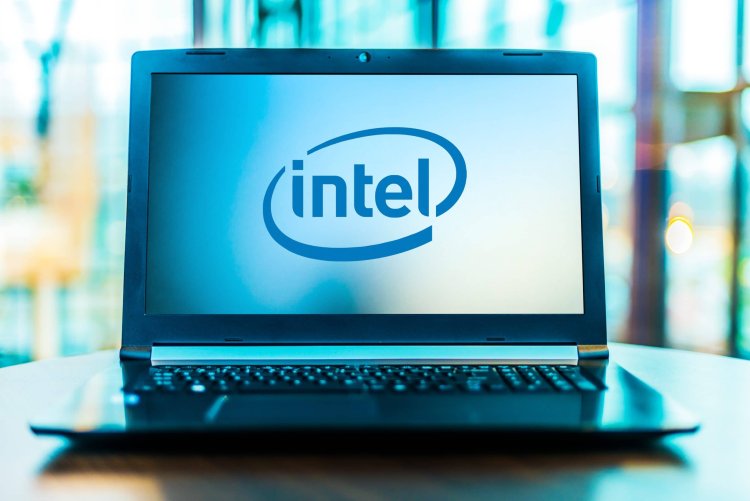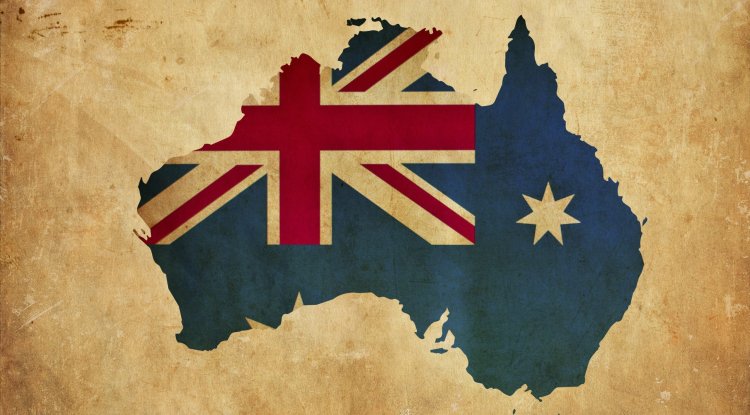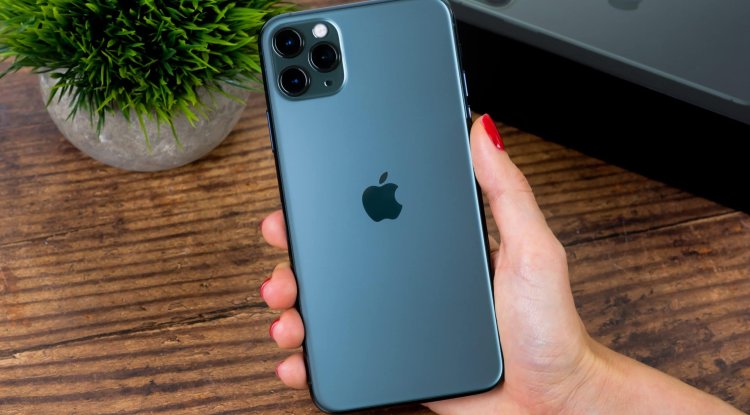Intel introduced its own game graphics

Following the release of many laptops equipped with Arc accelerators, Intel was able to reveal technical facts and other details regarding its stand-alone graphics at the end of the first quarter. However, the introduction so far has only affected two models; we must still wait for the next one.
The same core, but different results
It is previously known that stand-alone Intel Arc graphics are based on the new Xe HPG (High-Performance Graphics) microarchitecture, which was developed from the bottom up with gamers in mind. Alchemist is the codename for the first generation of dedicated gaming GPUs.
In terms of laptop solutions, despite three GPU leaks to now, the business has only officially confirmed the existence of two. It will, however, create three performance categories.
The ACM-G10 microprocessor contains 32 so-called Xe-cores, each with 128 stream processors. As a result, 4,096 of them are buried in the GPU. There are no fewer than 16 specialized units for ray tracing (RT) lacking.
The Arc A770M with a frequency of 1,650 MHz offers this setup. The kernel will communicate with 16 GB of GDDR6 video memory via a 256-bit bus. The most powerful GPU configuration's TDP should be between 120 and 150 watts.
The Arc A730M will be a step-down, with only 24 Xe-cores, 24 RT units, and 3,072 shaders enabled. The clock frequency will be 1,100 MHz, and the memory bus will be 192 bits wide and coupled to 12 GB of VRAM. The TDP should be between 80 and 120 W, according to the manufacturer.
So far, the middle class (at least in the sense of Intel) will consist of only one model. The Arc A550M has 16 Xe-cores, 16 RT units, and 2,048 stream processors. The core will run at 900 MHz, with a 128-bit bus connecting to 8 GB of visual memory and a TDP of 60 to 80 W.
However, all three of the above-mentioned independent laptop graphics are still the music of the future. Intel has said that they will be available in the second quarter or early summer.
However, only two models are applicable to real-world marketing. Both are based on the tiny GPM ACM-G11, which houses 8 Xe-cores. The Arc A370M will be available in a complete configuration with 1,024 stream processors and eight 1,550 MHz ray tracing units.
The memory bus in this scenario is 64 bits wide and connects to 4 GB of VRAM. TDP is set to be between 35 and 50 W.
There is also a weaker Arc A350M model with only six active Xe-cores, six RT units, and 1,150 MHz. The memory bus and video memory capacity is the same as in a more powerful sibling. TDP can range from 25 and 35 W.
Intel contrasts the performance of the new lowest standalone graphics with that of its integrated GPUs in Core processors from the 12th generation. The Arc A370M generates more than 60 frames per second in selected Full HD games (1,920 1,080 pixels) with medium to high graphical detail. Integrated graphics fall well short of this need. Intel steered clear of direct confrontation with the rivals.
The company also devoted a significant portion of its presentation to other technologies that are tied to gaming in some way, but their potential application extends beyond this market.
Intel, for example, advertised that their Arc A-Series graphics offer full hardware encoding and decoding based on the new AV1 standard.
DeepLink addresses the interoperability of standalone Arc graphics with integrated GPUs in Intel processors, particularly in games, but also in content production, video processing, encoding and decoding, and the like.
Intel Xe Matrix Extensions (XMX) instructions, which are directly focused on artificial intelligence, are also included in the equipment. These will be used in conjunction with the Xe Super Sampling (XeSS) technology for improved image upscaling. This is Intel's direct answer to competitor technologies such as Nvidia DLSS and AMD FSR.
During the presentation, the corporation displayed an excellent video. A 1080p video was visible in one area of the screen, and next to it was an enlarged image in 4K (3,840 2,160 pixels), which was much more detailed.
In a separate essay, we discussed XeSS technology in further depth. Upscaling from Intel is scheduled to be available in the second quarter, with several games supporting it.
Simultaneously, Intel intends to exploit the capabilities of this technology in conjunction with artificial intelligence in applications for boosting video quality. As part of the demonstration, it displays an older recording of a family movie in low period quality, as well as an old photograph of the Apollo space mission's launch. The image was also tweaked, resulting in a clearer image with greater information.
In the past, the fundamental drawback of Intel's integrated graphics was software. The entire team should be responsible for the driver preparation, which should assure excellent performance even for newly launched game titles.
Intel also revealed a new software package dubbed Arc Control, which is similar to Nvidia and AMD's solutions. In addition to directly updating graphics drivers, there will be choices for extra hardware performance optimization, game library access, game settings, and more.
Intel's presentation concluded with standalone Arc graphics cards for desktops. He also demonstrated the appearance of a reference model labeled "Limited Edition." However, it is not yet apparent what this statement means.
The manufacturer did not disclose the desktop graphics requirements, but according to existing unofficial information, the most powerful variant should rely on the core, which will also drive the A700 line's mobile graphics.
According to recent rumors, the release of powerful desktop graphics may be delayed until the third quarter. The fact that Intel frequently states "summer" in the video above when it comes to availability, rather than "early summer" or "second quarter," adds to the veracity of this notion. However, it is still possible that some desktop cards may be released in the second quarter, albeit not the most powerful.





























